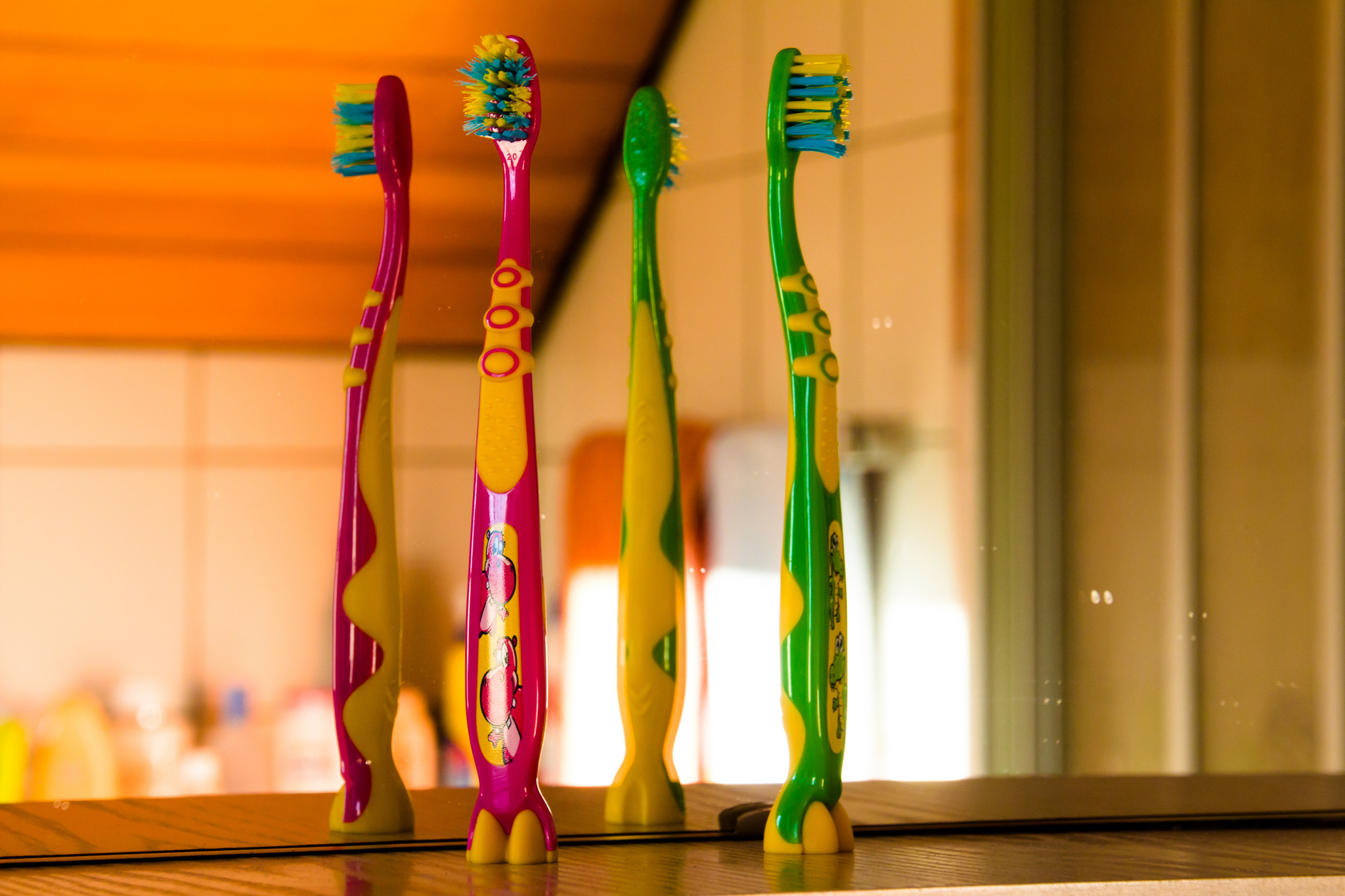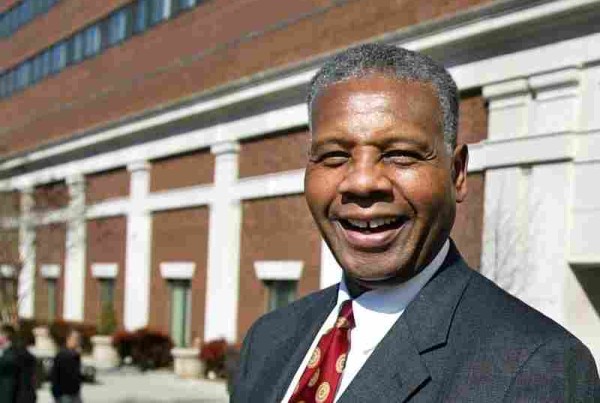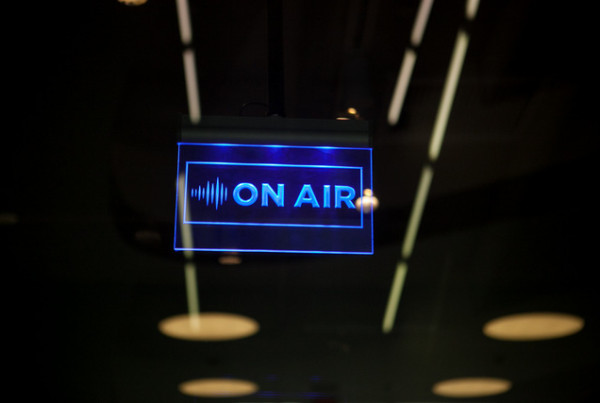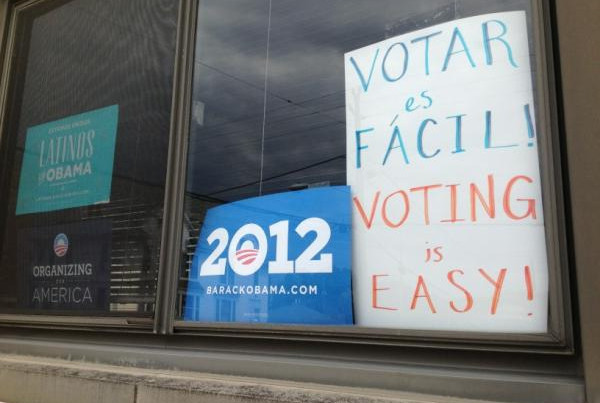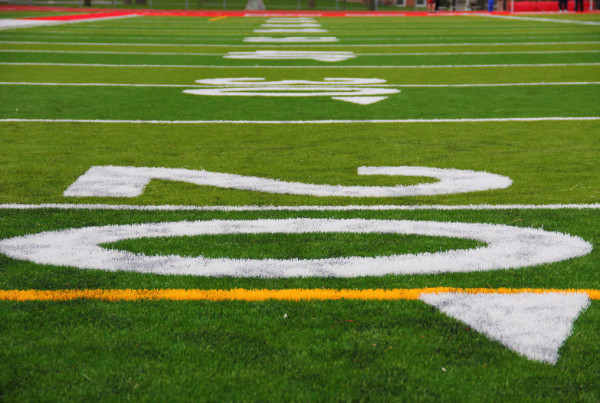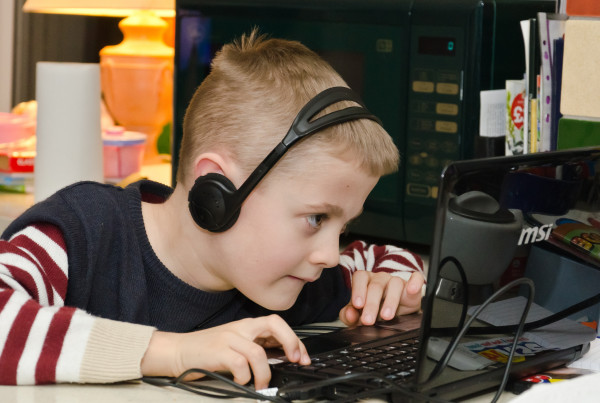When a family receives an autism diagnosis, there are a lot of big decisions to make: choosing the right therapy, finding a supportive school and doing everything you can to create a safe home environment. And then there are the challenges that don’t come to mind right away, such as how to take a specific-needs child to the dentist.
Adela Herrera has been taking her son to the dentist since he was a toddler. “My sister’s actually a dental assistant, so that was convenient for us,” Herrera says. “But it was still kind of hard because early on we had to take him to the hospital, so those experiences kind of brought fear every time he saw someone in scrubs.”
“Yes, it was scary when I got there for the first time,” says 15-year-old Jonathan Herrera.
Adela Herrera says when you have a child with autism, getting them to the dentist can rank low on your list of priorities. Herrera says that children with autism often don’t go until they are in their teens and complaining of tooth pain.
“Say your kid doesn’t go to the dentist for a year or two years, they have a lot of cavities and some of them end up needing caps and a lot of work so, it’s not like they just go for a cleaning and something very minor,” Herrera says. “By that time, they need more work, so with all that they have all the drills and the water and all that, and with their sensory issues it’s hard, it’s very hard.”
It took a few visits for Jonathan to sit down in the dentist’s chair without being strapped down.
“I already understand the doctors will not hurt you, I know it’s gonna be fine, and just, it’ll be calm and peaceful,” Jonathan says. “Cause they won’t hurt you, that’s what my mom and dad told me,”
Dr. Amy Luedman-Lazar chose to open her practice in Katy, Texas, a city where one in 70 kids has autism. Many Texas families dealing with autism have moved to Katy because of the city’s special education resources.
While “Dr. Amy” treats all types of children, she’s well known for her gentleness with specific-needs patients.
“We know they do understand and they’re just as smart as their peers, they just don’t have a way to communicate with us,” Luedman-Lazar says. “So I’ll talk to them and say ‘Ok, this is what we’re gonna do today.'”
“We don’t restrain them, we’re not gonna hold them down, we’re not gonna use any shots, we’re just gonna look at your teeth and clean them. You know if there’s anything you don’t like along the way you can make a little noise and raise your hand and let us know.”
Luedman-Lazar has modified most of the standard dental office procedures. For instance, she hasn’t given a shot since she opened her practice, instead she uses a laser.
“When you use it on the tooth, it polarizes, we think, just the tooth nerve,” Luedman-Lazar says. “So that’s the same thing you’re doing when you give a shot, but you get the tissue and everything numbs the tongue.”
Luedman-Lazar also starts every visit at a tooth brushing station, where she coaches her patients on how to clean their teeth. She says a combination of patience and a well-stocked prize drawer is usually all it takes for her small patients to sit down and open their mouths.


